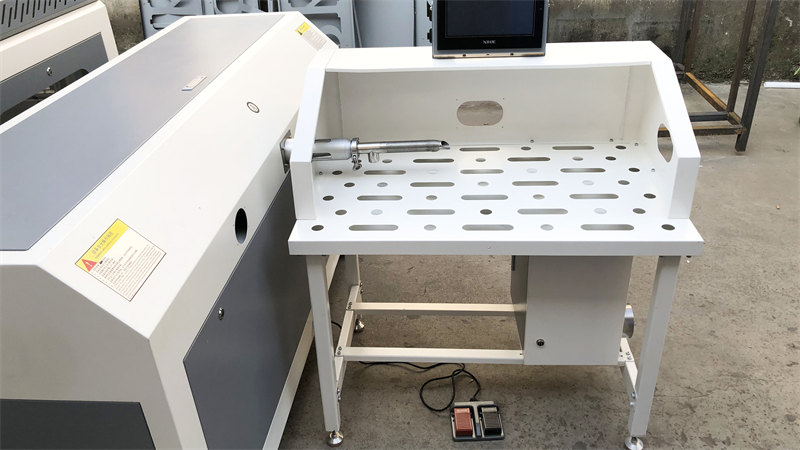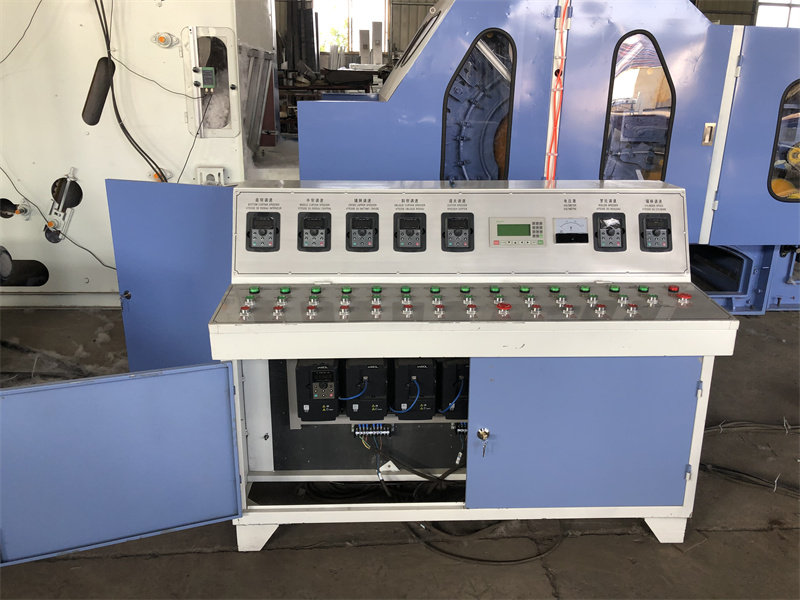Making a natural fiber like wool into something useful like a sweater involves a lot of steps. We might be familiar with shearing the sheep, spinning the wool into yarn, or knitting and weaving, but between shearing and spinning there’s another unfamiliar process you’ll have to go through. Known as carding, it helps align the fibers so they are able to be spun, and of course it requires either an expensive tool, or one you build on your own.
This drum carder is exactly what it sounds like. It uses two drums covered in a metal mesh, spinning at different speeds, which pull the fibers into an orderly shape. Small drum carders like this can run around $600 but with some quality wood and a lathe you can easily make one for a fraction. Making the series of drums is fairly straightforward with a lathe, and from there you need to make sure they are connected with a quality belt or chain and then covered in the appropriate metal mesh. Wash Goose Down Filling Machine

[kris] notes in the reddit comments section that he’d like for a second version to spin a little faster and be a little more durable, but this is a great working carder nonetheless. From there you’ll want to move on to spinning the wool into yarn, which you can do with either a wheel or an electric motor.
(2nd video) Nice mix of old and new tools!
What wood did he use for bearings?
Nice build. I see you have a cider press too. Years back I built an apple macerater. It was a somewhat similar kind of machine, but I used a solid drum and cut teeth directly in it, and it was motor driven.
Ren: I suspect he used something like white oak for the bearings. A friend of mine has a squirrel cage blower and the bearings went out on that. He replaced them and a couple years later they went out again. He made block bearings out of white oak, charred them a little bit and put in an oil weep hole and they have been in service for over 10 years now.
Metal mesh? No. Carding cloth. A cloth with tempered steel teeth woven into it, and clearly the most expensive part of this build.
Looking these up on amazon, it looks literally like a cat brush for 10x the amount
Say… maybe you are on to something…
Nice build! Is it possible to use cat’s fur for wooling?
not the kind of cat shown here: https://www.google.com/search?q=chat+sans+fourrure&client=firefox-b-d&tbm=isch&source=iu&ictx=1&fir=oSqBCEznicPkBM%253A%252Cf2CG2OyvytnezM%252C_&vet=1&usg=AI4_-kQIOlXT3ZUAZCfFdfr2qiAhNuvnvQ&sa=X&ved=2ahUKEwjw3uWct7rlAhUhxVkKHVbWAhEQ9QEwB3oECAcQEg#imgrc=oSqBCEznicPkBM:
Well, “There’s more than one way to skin a cat”…
Don’t normally watch 21 min videos on Hackaday but loved every minute of this one. Dudz gotz skilz!
Where would one get those belts? I seem to remember old sewing machine motors using something similar.
Nice job. Power tools to make a hand tool ? Wheres the sweater ?
Forget the drum carder. I want to know about the hydropower setup.
Long sleeves around a lathe? Oh heck no! Especially not when the cuff drags on the piece when he’s rubbing it with shavings. https://youtu.be/35MSmwlcth4?t=185
Please be kind and respectful to help make the comments section excellent. (Comment Policy)
This site uses Akismet to reduce spam. Learn how your comment data is processed.

Plush Toy Stuffing Machine By using our website and services, you expressly agree to the placement of our performance, functionality and advertising cookies. Learn more